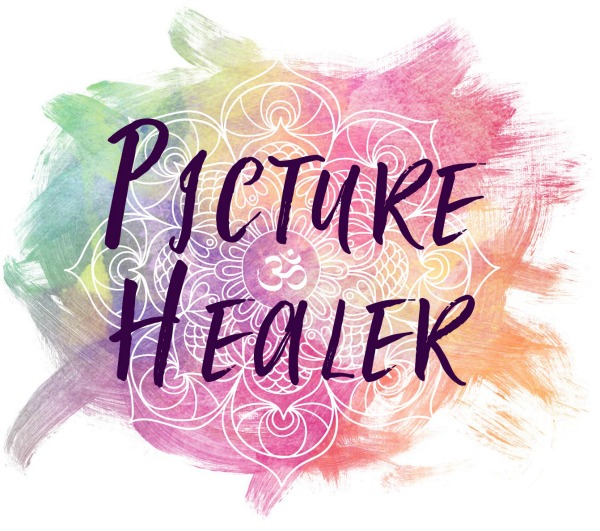Massage tool and book review
/Most of us like getting a massage or acupressure (Tui-Na) by a real person, either from a loved one or a professional. The second best is the self-massage with different tools. The third best is done with a machine or electric chair. If you don't have time or money to get a massage treatment, using various tools can be a great option.
Various tools for acupressure
There are so many types of massage tools available on the market. They can be made of buffalo horn, jade, wood, plastic, and may include magnet, metal or other healing elements. Some tools have the moving wheels and others are solid pieces. Speaking of shape, it is even more choices. Some shapes like a comb, star, finger, or fork. Depending on the location of use, you can pick whatever works for you. The expensive one does not mean the best. The best way to choose is to try it yourself and see if it is the most comfortable.
I found a small collection of massage tools in my parent's house because my mom always has tired back, legs and shoulders. When she is watching TV, she is always using one of the tools to relieve the muscle ache. It might look funny but a good tool makes a big difference. Now I appreciate it more because I get tired body myself from all the traveling and baby carrying.
Advantage of the massage tools
1. It saves a lot of strength with the right tool. I like tools with a long handle and finger-like shape. With very little effort, I can get strong stimulation on the right points and channels.
2. Different shapes of tools are for different areas. Some are for the head, some for face and neck, some for legs and arms. There is always a basic one that replaces a thumb.
3. Most of them are pretty inexpensive. No worry about breaking the tool or your bank. They are also pretty safe to use. If you miss the acupuncture point or channel, it still feels good and increases the circulation of Qi and blood. It stimulates lymph system and get rid of any stagnation.
Acupressure Books Review (Chinese version)
There are tons of book about learning self-massage, acupressure or Tui-Na with tools. I found a favorite one recently. The author is a Japanese woman ( Matty ) who learns acupressure in Taiwan and opens practice in Japan. The book is a combination of an acupressure tool she designed and a booklet with pictures of how to use the tool for different problems. Below is a picture of the book. I also love her acupressure tool that comes with the book.
This acupressure tool is designed according to her curve between thumb and index finger. By turning in different directions, the degree of the curve varies. The end point also varies so we can pick a different point for the different location of the body. Some area might need a sharper point and some need duller point. The handle is also long enough to use naturally. The first time I use it, I felt the difference. They even show you how to use 2 of the same tool together to reduce the time and increase the effect.
Another book I like is about hand acupressure. The author is also a Japanese. I am not sure if an English version is available. We all know there are a lot points on the bottom of the feet, and it is the same on our hands. This book has a lot of graphics and charts to make acupressure simple and practical. Here is the book in Chinese version.
Popular Uses for acupressure Tools
Here are some popular locations and techniques being used for acupressure with tools.
1. Head. From the top of the head downward, or brush above the ear from front to the back. Kind of like brushing hair, it will massage the scalp and reduce some headache.
2. Neck. Go down from the back of the neck to the upper back, and to the shoulders. It relieves the tension from bad posture or stress. This area turns red easily if the person is not healthy. Traditionally, scrap downward lightly with a spoon in the back of the neck can clear heat stroke.
3. From front of the neck going up to either side of the face. It massages the lymph nodes and reduces any facial puffiness.
4. In the lower legs, massage from the feet upward to the knees, especially on the back of legs. It can reduce edema and soreness. Great for people walking, standing, or travel by airplane a lot.
5. Press the center at the bottom of our foot. It is the kidney point (ZhiYin) in Chinese medicine and the root of vitality. Great for elderly people.
6. Press HeGu point in the hands of the depression between the joint of thumb and index finger. It is a classic point for any pain, especially for upper body and facial pain.
There are many other points and channels that will benefit from a good massage. Even if you don't know the exact point location, your body will tell you when you feel better with each manipulation. Keep safety in mind, do not over stimulate for too long, and always clean the tools with a mild detergent after use. With proper use, these massage tools can greatly help us maintain daily health and wellness.














Part 2 of the Tai Ji meditation - Body Alignment and conditioning. It is a series of simple movements that help you center your mind and feel the flow of Qi in the body, The exercise is suitable for all ages and does not require a lot of space.